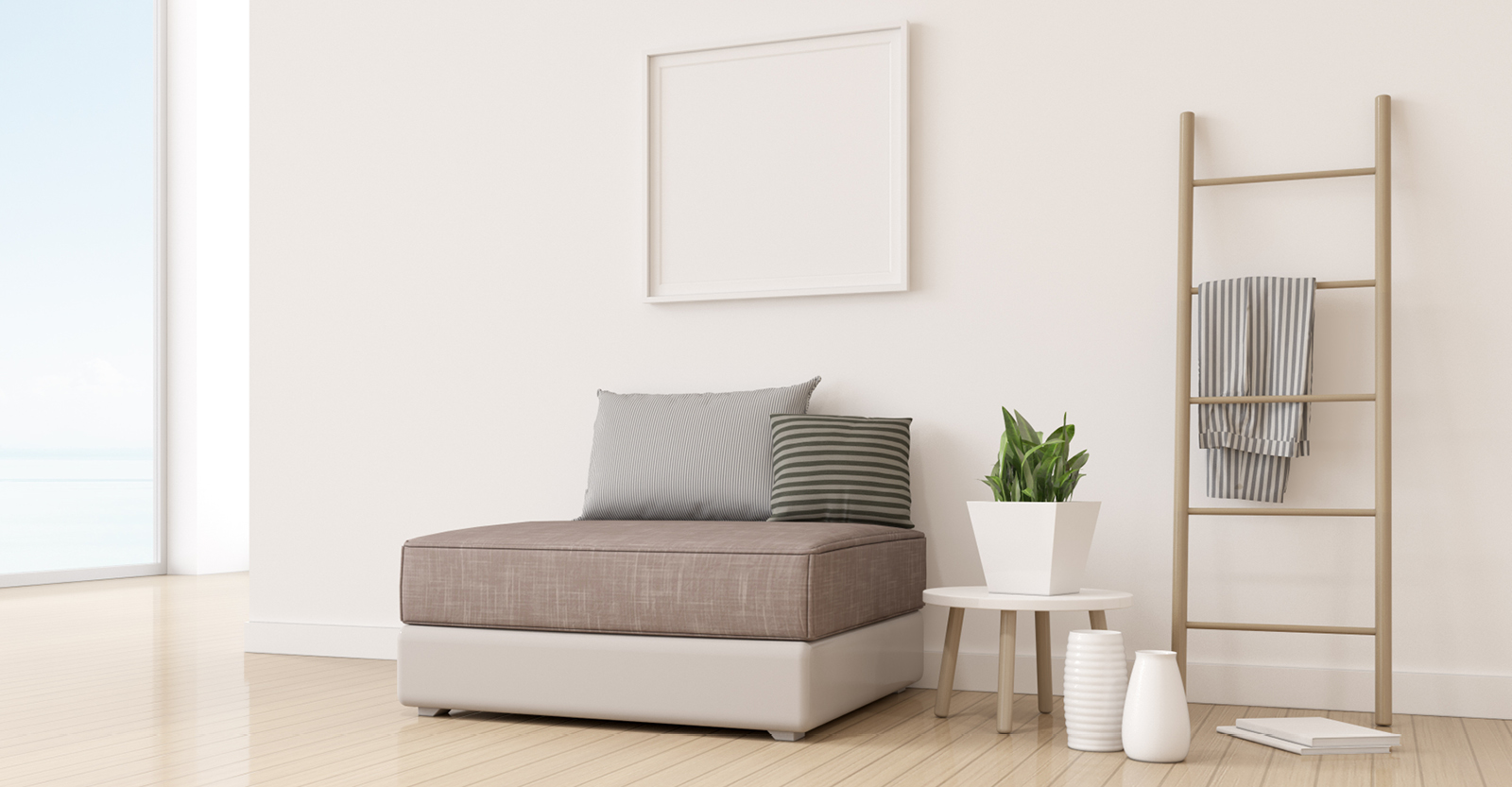Use Less Energy and Save Money at Home
Minute Read

Put simply; energy efficiency is "using less energy to perform the same task," according to the Environmental and Energy Study Institute (EESI). No need to make budget-straining moves like switching to renewable energy resources. Make these five minor adjustments to your home and everyday behavior to improve your energy efficiency and increase your savings.
Install a programmable thermostat.
Pre-set a schedule for heating and cooling your home with a programmable thermostat. Consider adjusting your thermostat when you are away from home or sleeping. Energy.gov says you can save up to 10% on your yearly heating and cooling costs by "turning your thermostat back 7°-10°F for 8 hours a day from its normal setting."
Unplug electronics and appliances when not in use.
We aren't recommending you unplug large appliances like your stove or microwave. However, the cords powering your cell phone, lamps or other electronics not in use, while small, can add up to a large amount of electricity on your monthly bill. Try plugging your cords into surge protectors or power strips. Surge protectors not only keep your electronics safe in case of a power surge or outage, but some also come with timers, and best of all, it's one device to unplug as opposed to two or more.
Wash full loads of laundry and air dry when possible.
Despite the size of your load of laundry, your washer uses roughly the same amount of energy. So, take advantage and wash full loads. It’s good to adjust the load size on your washing machine because that affects the amount of water you use. While you are at it, switch your temperature setting to cold if you are not washing oily or severely dirty clothes, and see a noticeable difference in your energy bill. Cut down on dryer usage by air-drying your clothes either indoors or outdoors.
Switch to energy-efficient lighting.
Energy-efficient lighting, dimmers and timers can help you spend less on electricity and get the same amount of lighting. According to Energy.gov, "Lighting accounts for around 15% of an average home's electricity use, and the average household saves about $225 in energy costs per year by using LED lighting." While your up-front costs for LED lighting may be higher than incandescent bulbs, you will save money over time because LED bulbs use less energy and last longer.
Limit shower time and turn off running faucets.
Aim for a seven minute or shorter shower. If that sounds tough, start cutting your shower time back by one minute each day until you reach your goal time. Consider setting a timer on your phone or creating a seven-minute music playlist to listen to while you shower. Installing low-flow showerheads and faucets is another inexpensive way to lower your water usage and utility bills. Additionally, you can save your household gallons of water each day by simply turning off your faucet while brushing your teeth or shaving.
When you decide to purchase some of our suggested upgrades, be sure to use your Members 1st credit card to get rewarded as you shop. If high energy bills have caused large balances on your credit card, consider transferring your existing balance to a low-rate credit card to help you save money and manage your debt. Remember, minor adjustments to your everyday habits can have a significant impact on your energy bills. Happy saving!



